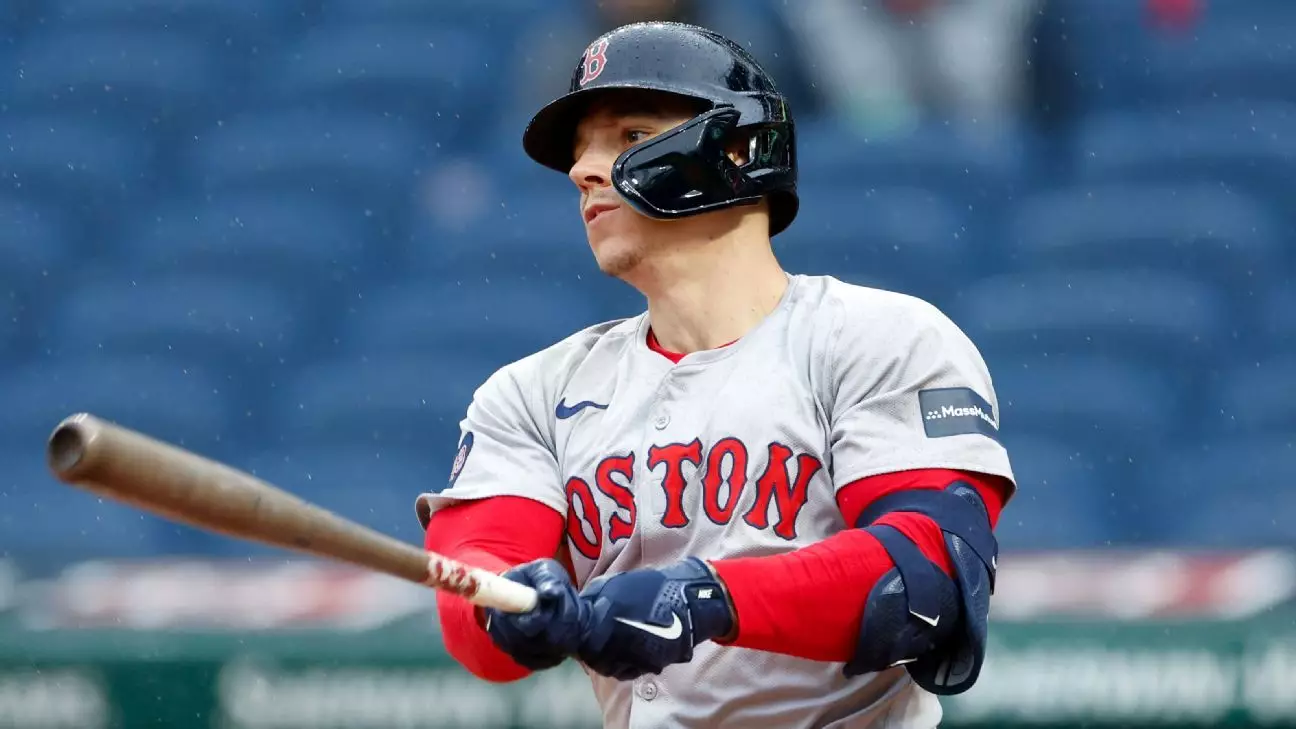Tyler O’Neill’s transition from the Boston Red Sox to the Baltimore Orioles marks a significant shift in both his career trajectory and the Orioles’ strategic approach for the upcoming seasons. The three-year, $49.5 million contract, which includes an opt-out clause after the first year, underscores the team’s commitment to fortifying their roster following the free agency departure of Anthony Santander. For O’Neill, this move symbolizes not only a lucrative payday but also a chance to reinvigorate his career after a season marked by ups and downs.
The Orioles predominantly feature a left-handed-heavy lineup, making O’Neill’s right-handed bat a crucial addition. With his impressive stats against left-handed pitchers — he hit 16 of his 31 home runs against them — O’Neill is poised to enhance the Orioles’ offensive strategy. The planned adjustments to Camden Yards, particularly moving the left-field fences in, create an even more favorable environment for O’Neill to showcase his power. His ability to hit well against lefties places him uniquely as an offensive weapon that complements the existing talents of Gunnar Henderson, Adley Rutschman, and Cedric Mullins, among others.
Last season, O’Neill demonstrated resilience, playing in 113 games and maintaining solid offensive metrics with a .241 batting average and a .511 slugging percentage. His journey is particularly noteworthy considering his breakout season in 2021, during which he finished eighth in NL MVP voting and captured his second Gold Glove award. However, the shadow of injuries looms over his career, reminding fans and analysts alike of the precarious nature of sports performance. Despite these challenges, his statistics against left-handed pitching show great potential, evidenced by a remarkable .313 batting average in such matchups over the past season.
O’Neill’s signing is part of a broader trend this offseason, as teams vie for top free-agent corner outfielders, including prominent names like Juan Soto and Teoscar Hernandez. His performance against left-handed pitching sets him apart in a crowded field, with many other free agents lacking similar success in those matchups. The Orioles are clearly banking on O’Neill’s ability to thrive in this specialized role, potentially giving them a competitive advantage if he can stay healthy and continue to produce at a high level.
Beyond O’Neill’s addition, the Orioles face critical decisions regarding other free agents, including their ace Corbin Burnes, who is anticipated to command a hefty contract exceeding $200 million. As the Baltimore franchise looks to escalate its competitiveness in the AL East, each offseason move reflects a larger vision of contending for championships. O’Neill’s signing is just one piece of a puzzle that could re-establish the Orioles as a formidable force in Major League Baseball. Overall, the ramifications of this deal extend far beyond O’Neill’s immediate contributions and encompass the strategic evolution of the organization as they aim for sustained success.


Leave a Reply